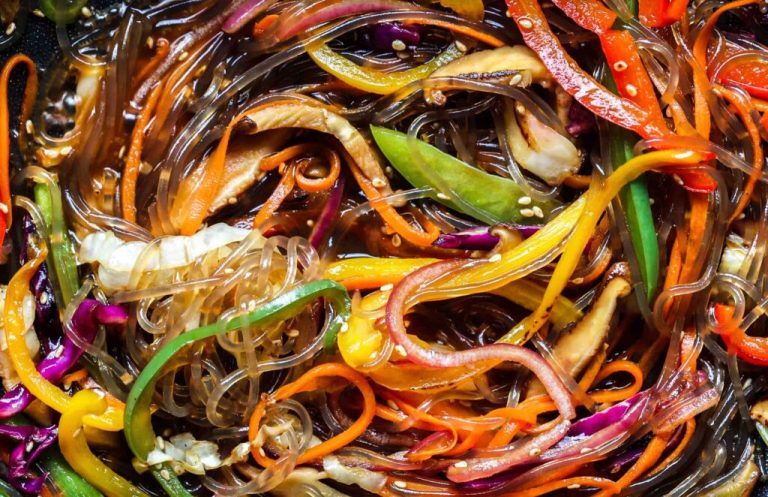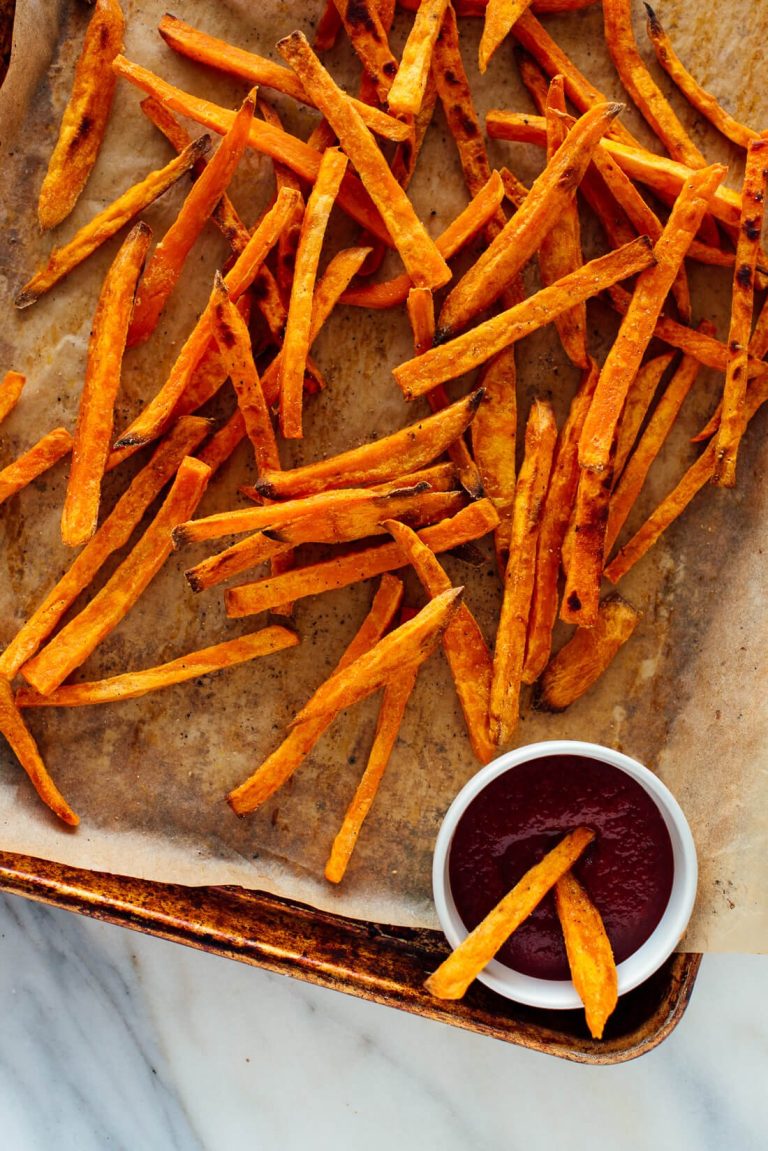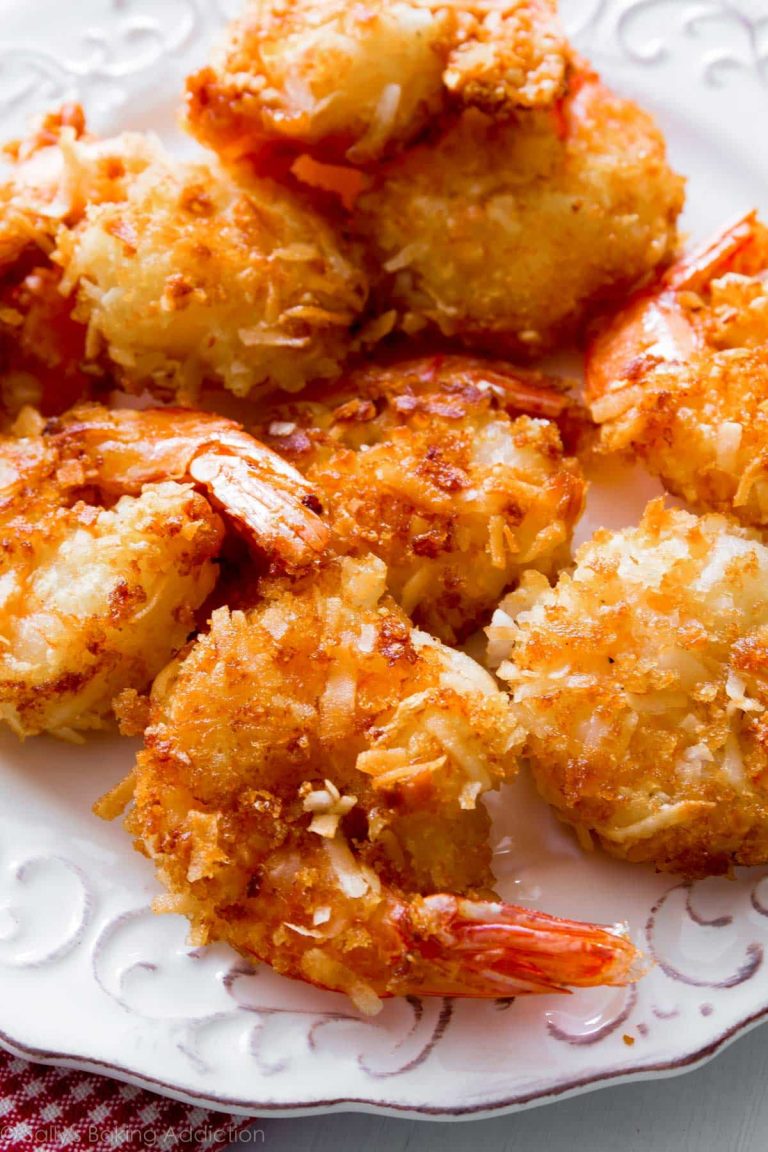Poultry Seasoning: Elevate Your Chicken Dishes with Custom Blends
Homemade poultry seasoning consists of a blend of herbs and spices. Common herbs include sage, thyme, and rosemary. These herbs provide a savory, aromatic base for the blend. Ground black pepper and white pepper add mild heat. Garlic powder and onion powder enhance the overall flavor profile. Paprika can add color and mild sweetness.
- Sage: Adds an earthy, slightly peppery flavor.
- Thyme: Contributes a subtle minty taste.
- Rosemary: Imparts a woody, pine-like aroma.
- Black Pepper & White Pepper: Provide different layers of heat.
- Garlic & Onion Powder: Enhance savory notes.
- Paprika: Offers color and mild sweetness.
The Regional Variations
Regional variations of poultry seasoning showcase local culinary traditions. In Italian cuisine, blends may include oregano or basil. In French cuisine, herbes de Provence combines rosemary, thyme, and marjoram with lavender flowers. Middle Eastern versions might feature sumac and cumin for a tangy, warm profile.
- Italian Variations: Oregano, basil.
- French Variations: Herbes de Provence, lavender.
- Middle Eastern Variations: Sumac, cumin.
Homemade poultry seasoning lets you tailor the blend. By adjusting herbs and spices, you can match regional flavors or create a unique mix.
Making Your Own Poultry Seasoning
Selecting the Right Spices
Choosing the ideal spices ensures your poultry seasoning stands out. Traditional options include sage, thyme, rosemary, black pepper, and white pepper. Sage adds a robust, slightly peppery flavor, while thyme offers a subtle earthiness. Rosemary imparts a pine-like, aromatic touch.
Include garlic powder and onion powder. Garlic provides a pungent, savory note, and onion powder delivers a sweet, subtle sharpness. Paprika is also a key ingredient. It lends color and a gentle heat, with variations like sweet, smoked, or hot paprika tailoring the profile.
Consider regional influences for added complexity. Italian blends benefit from oregano and basil. French herbes de Provence traditionally include lavender. Middle Eastern mixtures often feature sumac and cumin.
Grinding and Blending Techniques
Proper techniques when grinding and blending create a cohesive, balanced seasoning. Using whole spices ensures freshness and maximizes flavor. Start by lightly toasting whole spices in a dry skillet over low heat. This amplifies their aroma and makes them easier to grind.
Grind toasted spices using a mortar and pestle or a spice grinder. Mortars offer more control, while grinders deliver finer consistencies. Gradually combine ground spices, maintaining a consistent texture.
Blend your seasoning thoroughly. Mixing in small batches ensures even distribution. Store the finished seasoning in an airtight container, away from light and moisture. These steps guarantee your homemade poultry seasoning remains fragrant and potent.
Benefits of Homemade Over Store-Bought
Customizable Flavors
Homemade poultry seasoning offers flexible customization to cater to your taste preferences. You can adjust the ratios of thyme, sage, rosemary, and other herbs to create a unique blend ideal for your dishes. For instance, adding more garlic powder boosts savory notes, while increasing paprika enhances color and mild heat. Tailoring your mix ensures each meal matches your flavor profile, unlike uniform store-bought options.
Healthier Choices
Creating your own poultry seasoning lets you control the ingredients for a healthier blend. Store-bought seasonings often contain preservatives, artificial flavors, and excess sodium. By choosing fresh, quality spices, you eliminate these unwanted additives. Additionally, homemade blends offer opportunities to use organic spices for a more natural and health-conscious option. This control over ingredients ensures a seasoning that’s both flavorful and health-forward.
Common Uses for Poultry Seasoning
Enhancing Poultry Dishes
Poultry seasoning enhances the flavors of various poultry dishes. When rubbing chicken, turkey, or duck with this blend, you’ll achieve a deeper, more complex flavor profile. Adding poultry seasoning to marinades boosts taste, whether you’re grilling, baking, or roasting. Brining solutions benefit from seasoning as well since this mixture infuses the meat with savory flavors. In stuffing recipes, poultry seasoning brings cohesion to ingredients, making the dish more flavorful.
Alternative Uses in Cooking
Poultry seasoning offers versatility beyond just poultry. It works well in soups, lending a rich, herby flavor to broths and stocks. This blend shines in vegetable dishes, enhancing the natural tastes of roasted or steamed vegetables. It spices up breading for fried foods, giving an extra layer of taste. Meatloaf gains depth from this seasoning mix, creating a more balanced dish. Sauces and gravies also benefit from the added herbaceous note, making them more robust and flavorful.
Storing Homemade Seasonings
Best Practices for Longevity
To maintain the freshness and potency of your homemade poultry seasoning, follow several best practices. Store your seasoning in an airtight container to prevent exposure to air, moisture, and light. Use glass jars with tight-fitting lids or specialty spice containers to ensure airtight conditions. Keep your seasoning in a cool, dark place, such as a pantry or cupboard, as exposure to heat and sunlight can degrade the quality of your spices. When storing, avoid placing your containers near the stove or oven, as fluctuating temperatures can affect the seasoning’s longevity. Always label your containers with the date of creation to keep track of freshness, and use your homemade poultry seasoning within six months for optimal flavor.
Creative Storage Solutions
For those looking to add a touch of creativity to their storage solutions, consider magnetic spice jars or wall-mounted racks to keep your seasoning within easy reach while saving counter space. Use small mason jars or recycled baby food jars for a rustic yet functional approach. Stackable spice containers maximize space in smaller kitchens. If you travel frequently, portable spice tubes or resealable plastic bags can keep your seasoning fresh and easily transportable. Identifying each spice blend with color-coded labels or decorative tags adds an aesthetic element to your kitchen organization, making it easy to locate your homemade poultry seasoning quickly.
Conclusion
Creating your own homemade poultry seasoning offers a unique blend tailored to your taste and health preferences. By using fresh and organic spices, you ensure a rich, natural flavor without unwanted additives. This versatile seasoning enhances not just poultry but a variety of dishes, making it a valuable addition to your kitchen.
Proper storage techniques will help maintain the freshness and potency of your blend. Consider creative storage solutions for easy access and organization. Embrace the benefits of homemade poultry seasoning and elevate your culinary creations with this simple yet impactful addition.






